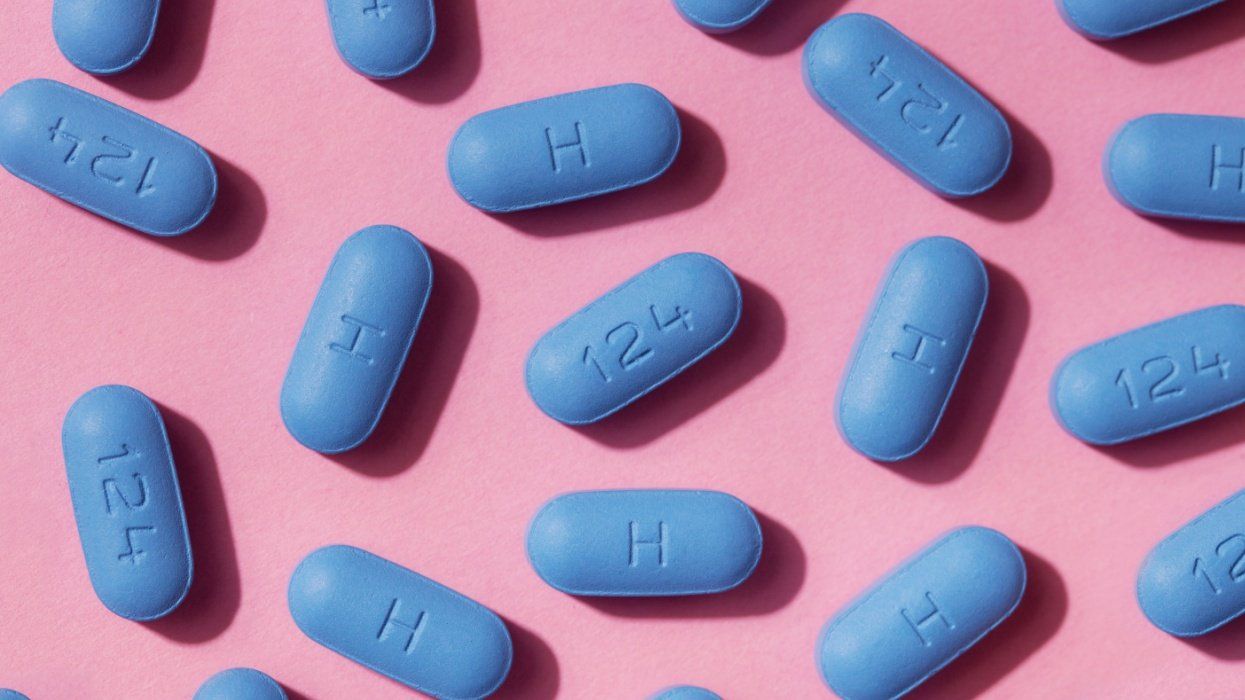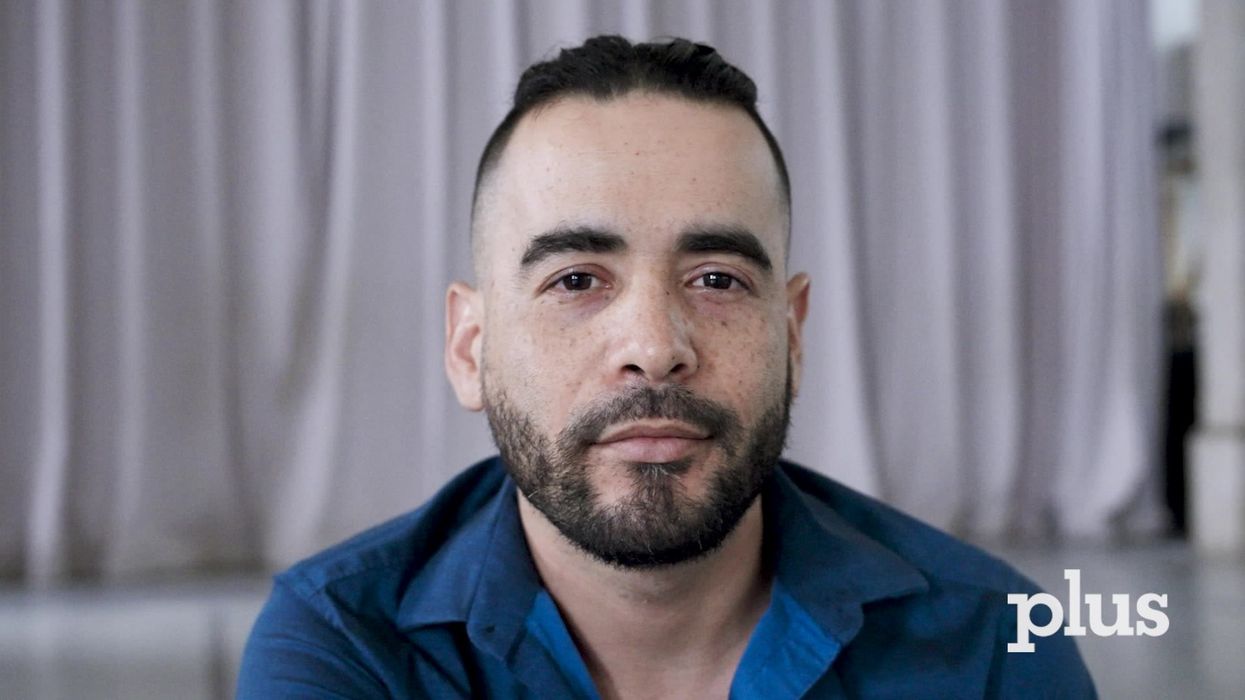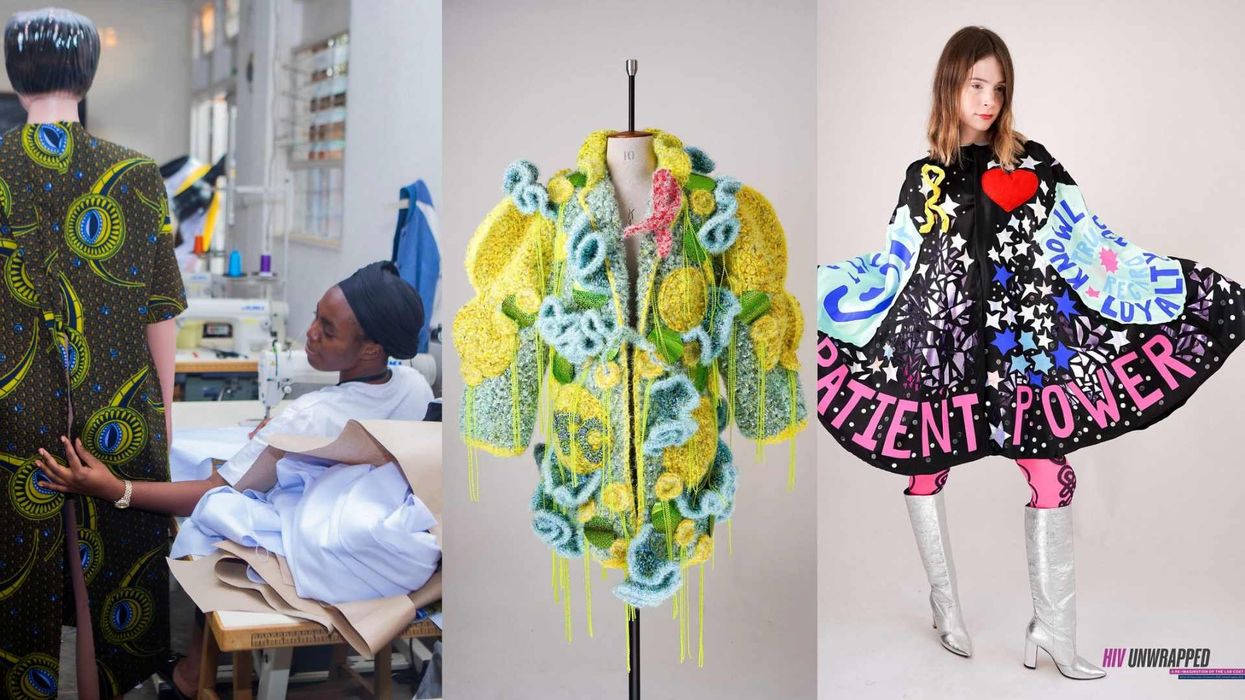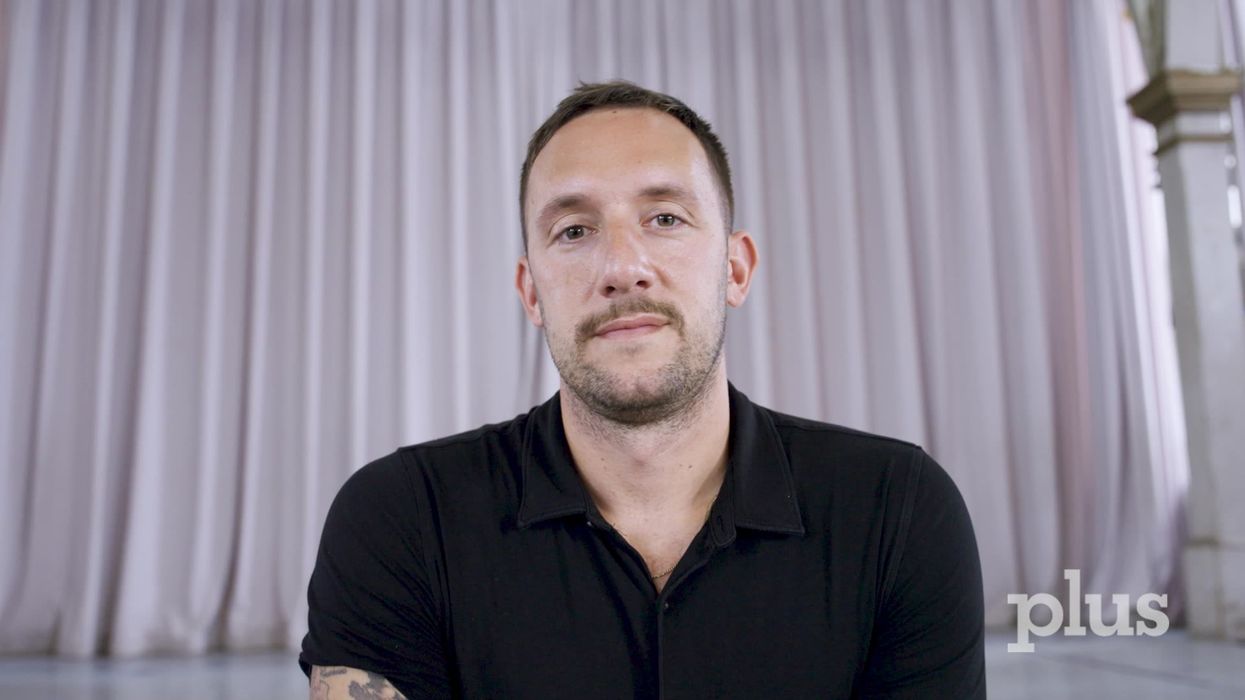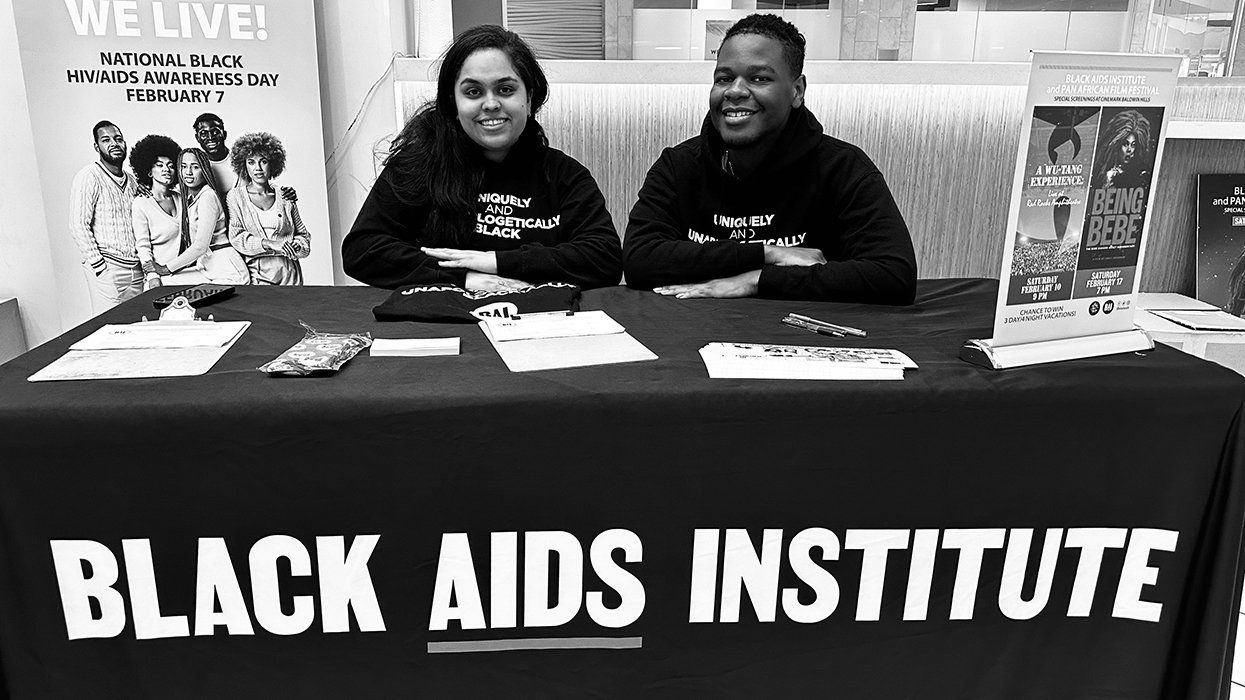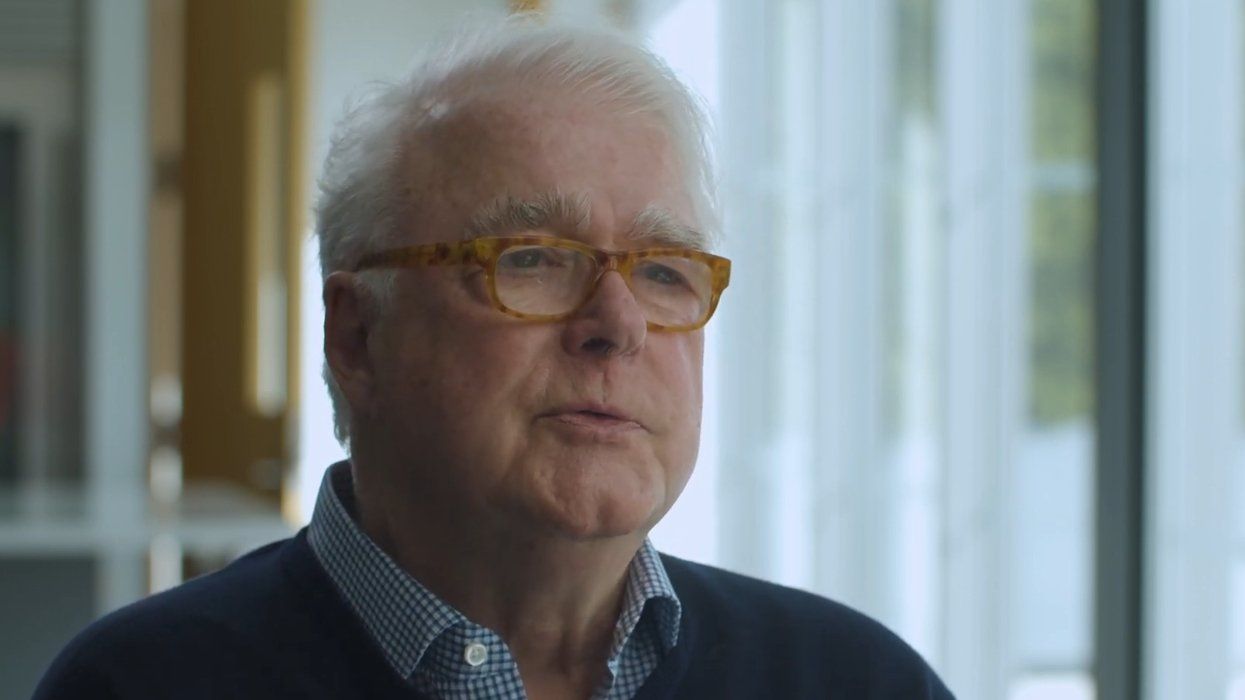All Rights reserved
By continuing to use our site, you agree to our Privacy Policy and Terms of Use.
In an era of ever-shrinking government grants, economic gloom that has choked off private donations, and severely slashed operating budgets among AIDS care and research agencies, the Los Angeles'based AIDS Research Alliance, a scientific cooperative founded in 1989 that focuses on advancing new treatments for HIV, is proving to be something akin to the Little Engine That Could. Well, make that a big engine, to be more precise. The $3.2 million nonprofit, best known for partnering in more than 80 preclinical and clinical studies of anti-HIV medications and playing a crucial role in the development of about half of those currently on the market, recently relocated from its previous cramped headquarters in West Hollywood to a state-of-the-art facility in downtown Los Angeles. The move not only dramatically increased space for the organization but also provided the agency with its first top-of-the-line research laboratory. "It has all the latest equipment and will allow us to do more basic science research on site," explains scientific director Marjan Hezareh, Ph.D. ARA plans to quickly put to the test this research facility in its newest research priority -- the development of a prostratin, a medication that aims to permanently purge HIV from the body. "ARA actually began working with prostratin and the idea of targeting the viral reservoirs more than a decade ago," chief executive Carolyn Carlburg explains. "At that time, though, there was a lot of pessimism about eradication and even debate over whether reservoirs actually existed, so there wasn't a lot of enthusiasm elsewhere. But we kept diligently working away." And today, it seems, the scientific community has come around to our way of thinking.' Prostratin, a protein kinase C activator, is derived from a tropical plant widely used in traditional Samoan herbal medicine. Lab tests have shown the compound not only has significant antiviral properties but also activates dormant, HIV-infected immune-system cells, effectively flushing out these viral reservoirs that otherwise escape the effects of anti-HIV meds. "Over the next year we plan to complete the preclinical phase of development," Carlburg says. "We've already had a pre'Investigational New Drug Program consultation with the Food and Drug Administration and are in the process of implementing its recommendations. If all goes well, we hope to begin human clinical trials in 2011."





